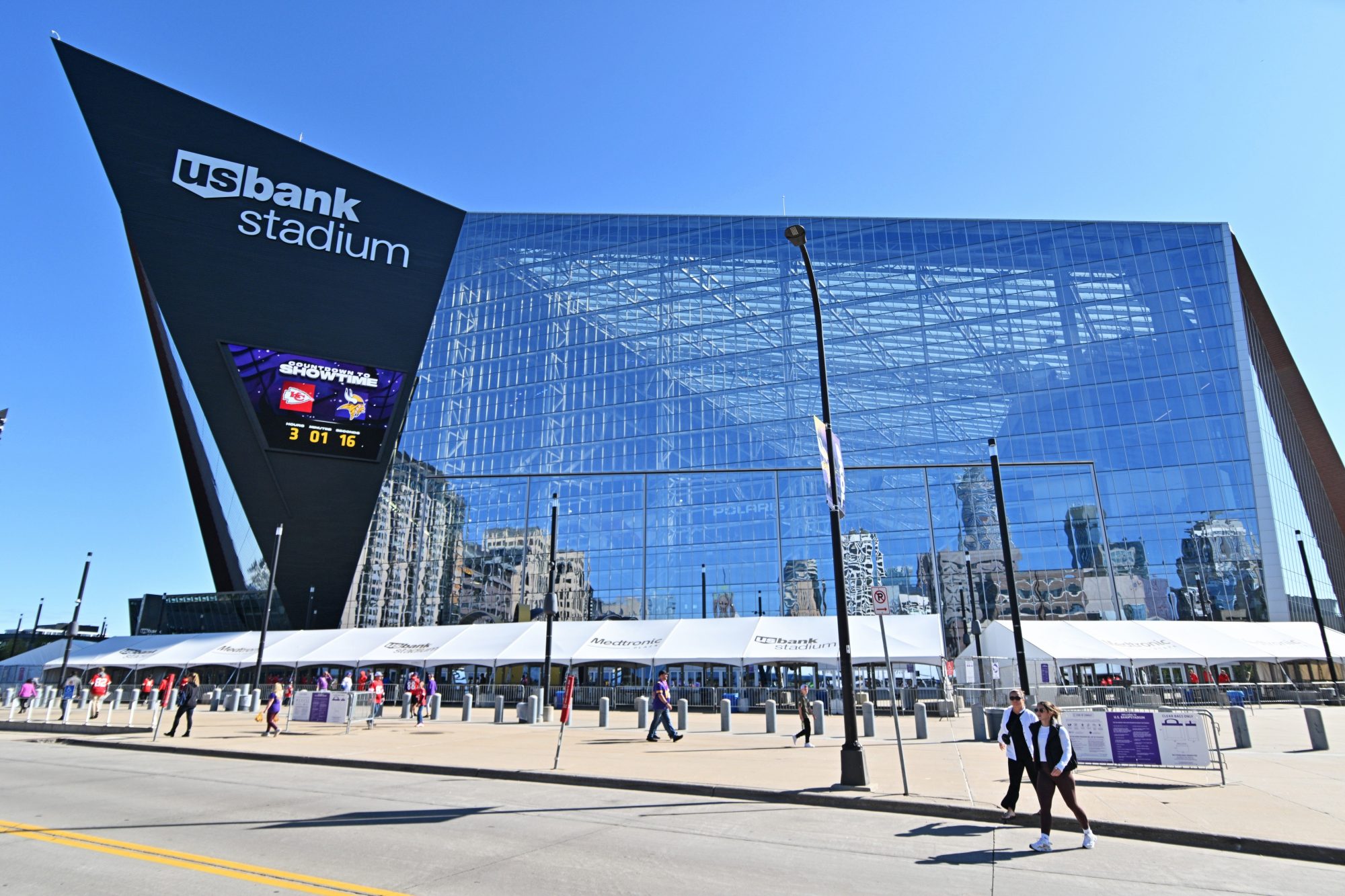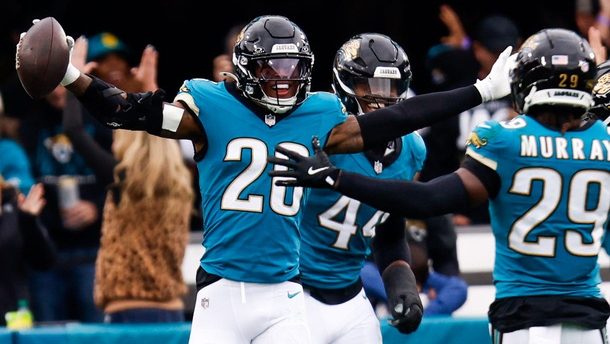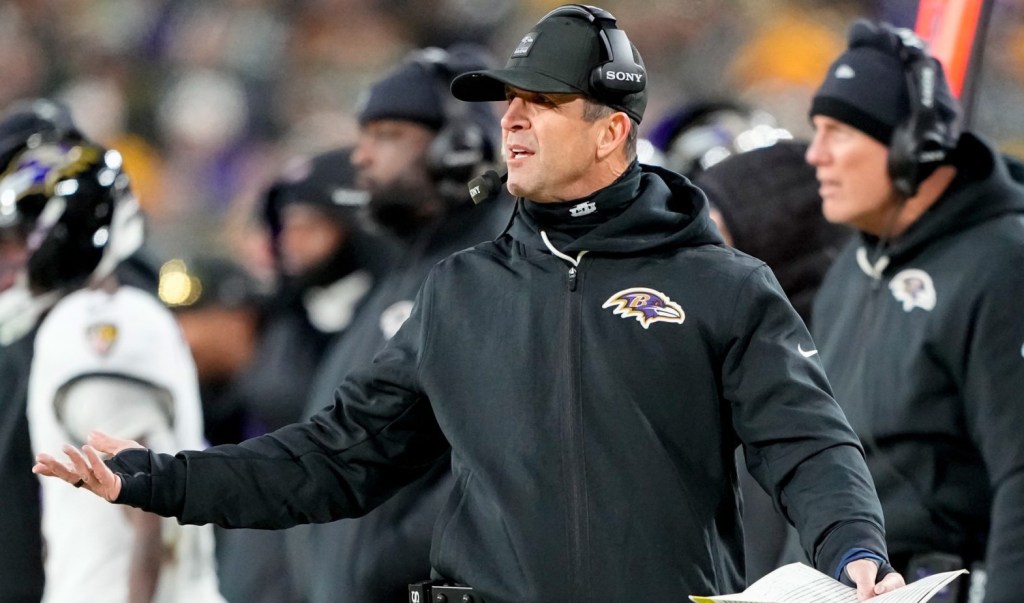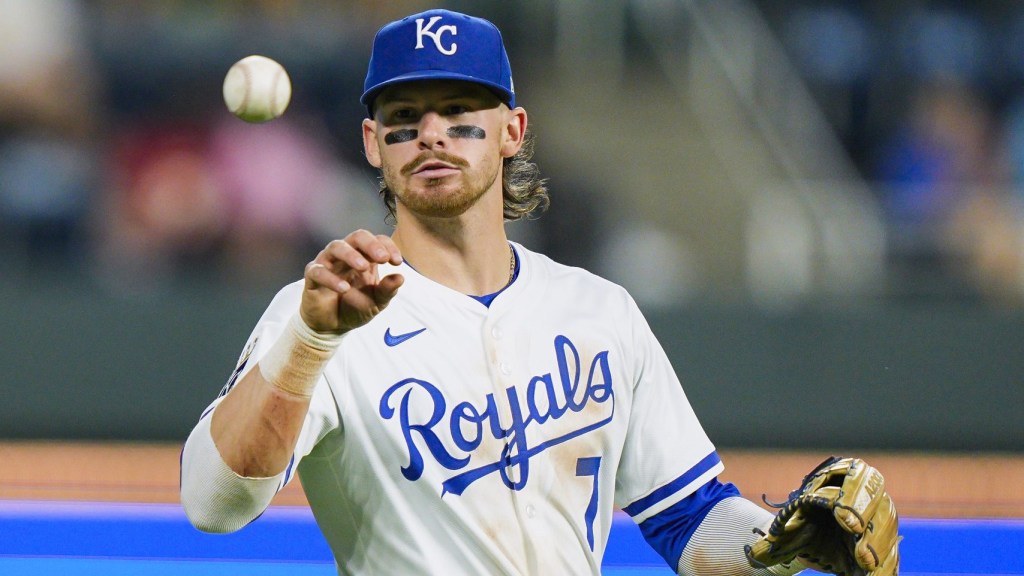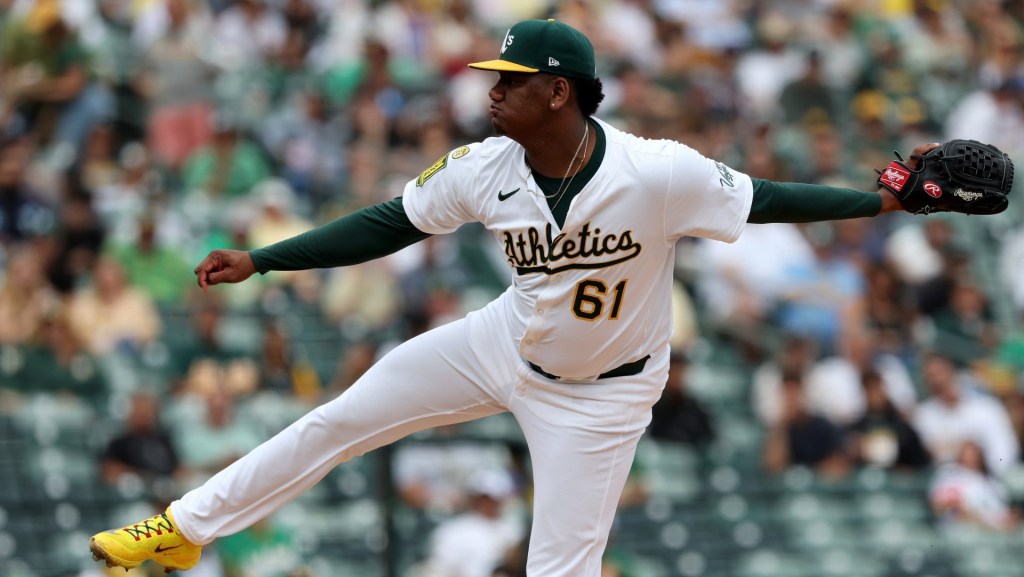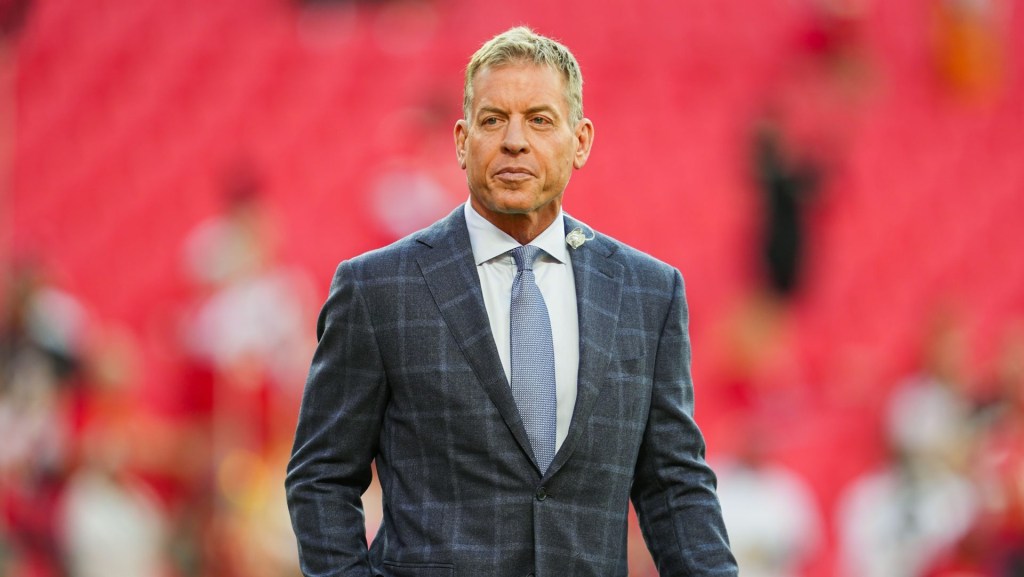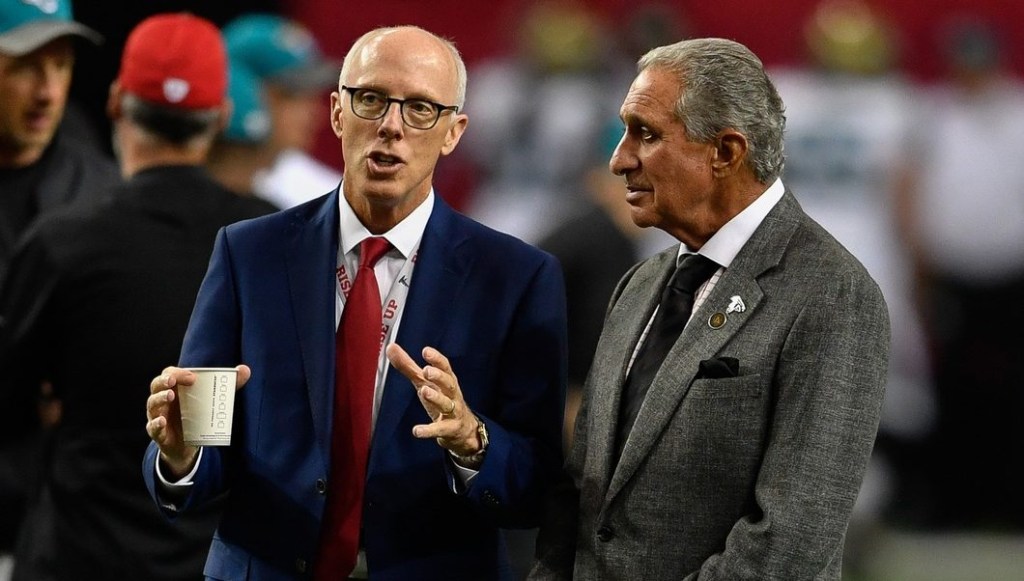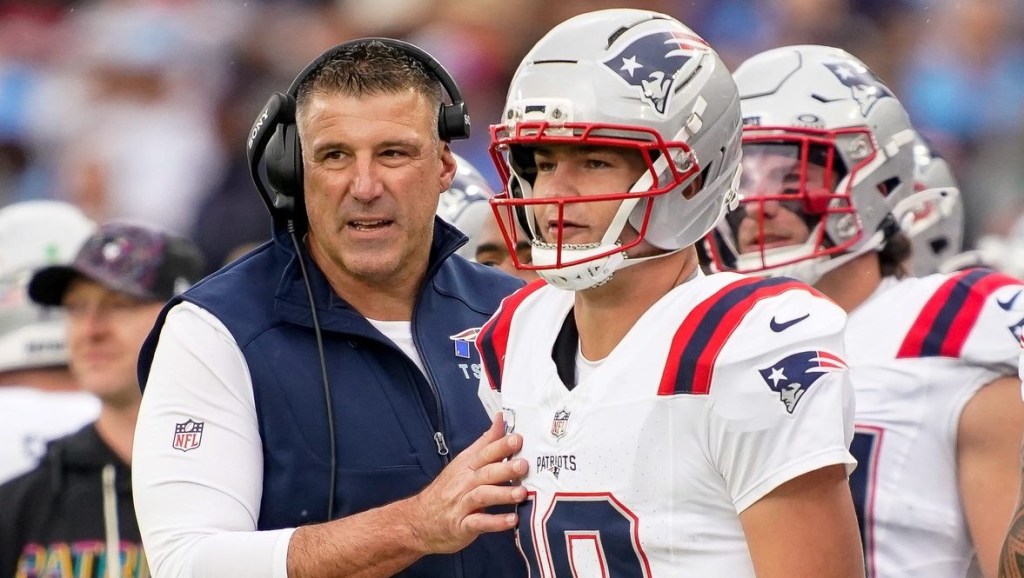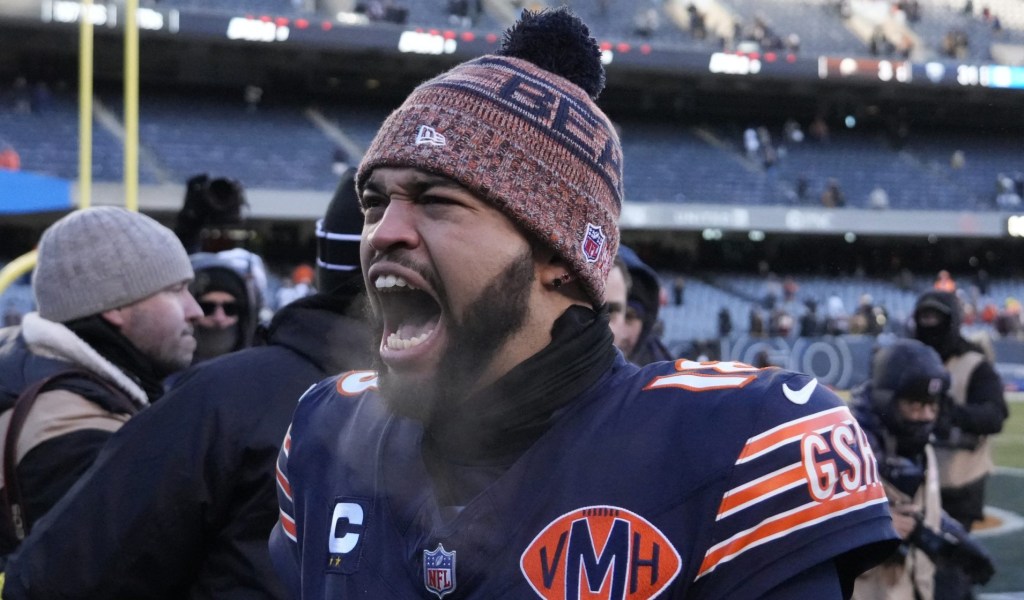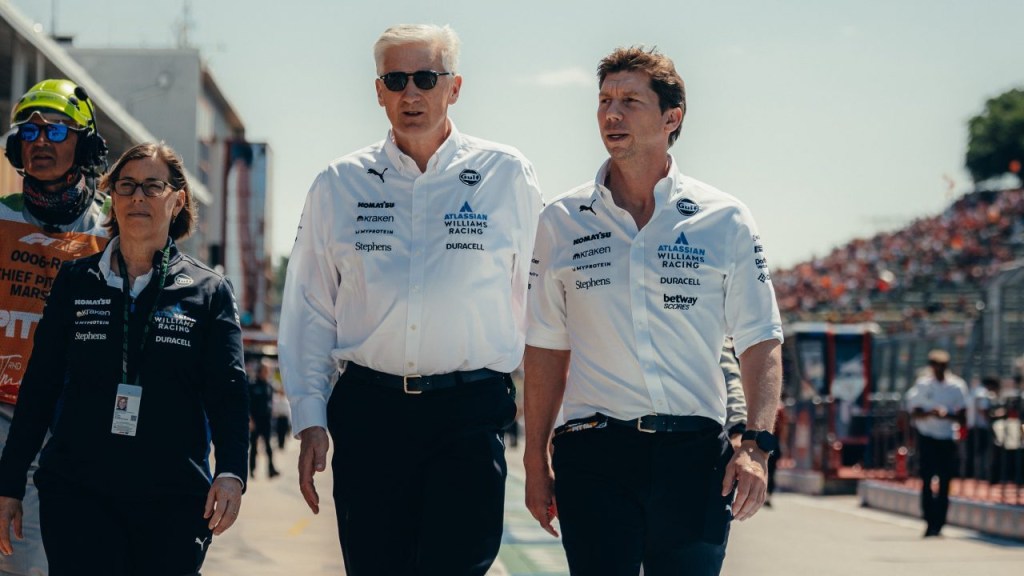The Minnesota Vikings and the Minnesota Sports Facilities Authority are saving state taxpayers $226 million in interest costs due to the early retirement of bonds that helped build U.S. Bank Stadium. Less than seven months after that deal, the stadium authority is looking for $62 million in public money to improve the facility.
The MSFA is set to ask the Minnesota Legislature and Gov. Tim Walz for that sum to construct an enhanced security perimeter around the stadium. The latest request isn’t directly connected to the bond retirement but shows how public financing of sports facilities can remain a fluid concept, even years after a stadium or arena is built. U.S. Bank Stadium opened in 2016.
Designed in part to comply with antiterrorism standards set by the U.S. Department of Homeland Security, the initiative will include enhanced fencing and a remade entrance to the western side of the building facing downtown Minneapolis and a light-rail station. The work is the second phase of a larger project; an initial phase costing $15.7 million was already funded earlier this year with public money.
Phase 2 completes “the vision for an inviting outdoor public space that is now the front door for U.S. Bank Stadium,” Tyler Robertson, an architect for Populous, said at a MSFA meeting.
New Turf
Separately, the MSFA also approved a $1.3 million bid to replace the artificial turf at U.S. Bank Stadium. The new field will be a monofilament turf, one that rates better on NFL/NFL Players Association injury data than the facility’s current slit-film turf.
Slit-film turf has been associated with higher non-contact injuries, particularly among lower extremities, and both Vikings star receiver Justin Jefferson and Kansas City Chiefs tight end Travis Kelce suffered such injuries earlier this season at U.S. Bank Stadium. The Indianapolis Colts are making a similar replacement of its slit-film turf field, also in time for the 2024 season.
The new U.S. Bank Stadium field will be paid for by an existing MSFA capital account for routine stadium maintenance funded by both the state and the Vikings.
